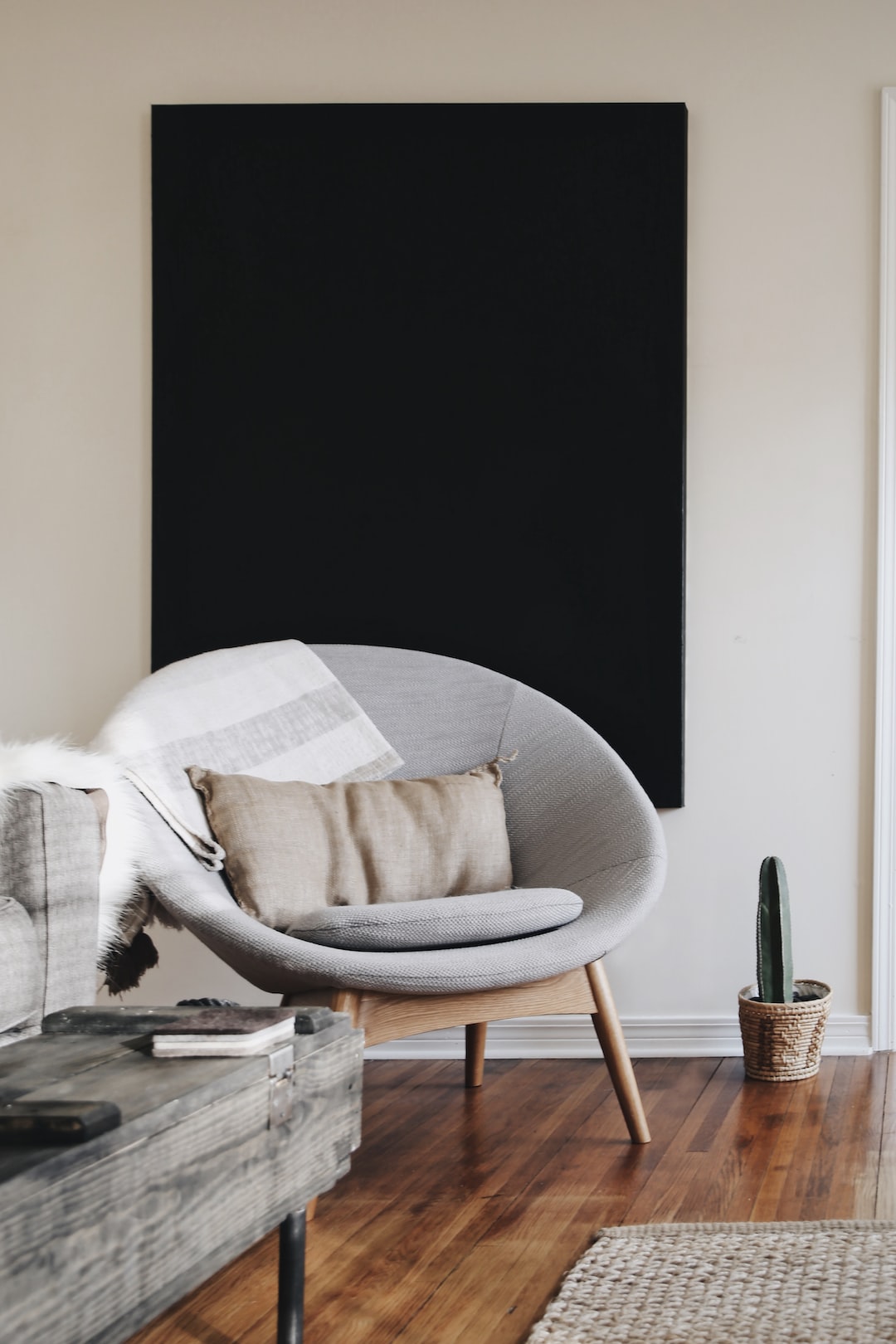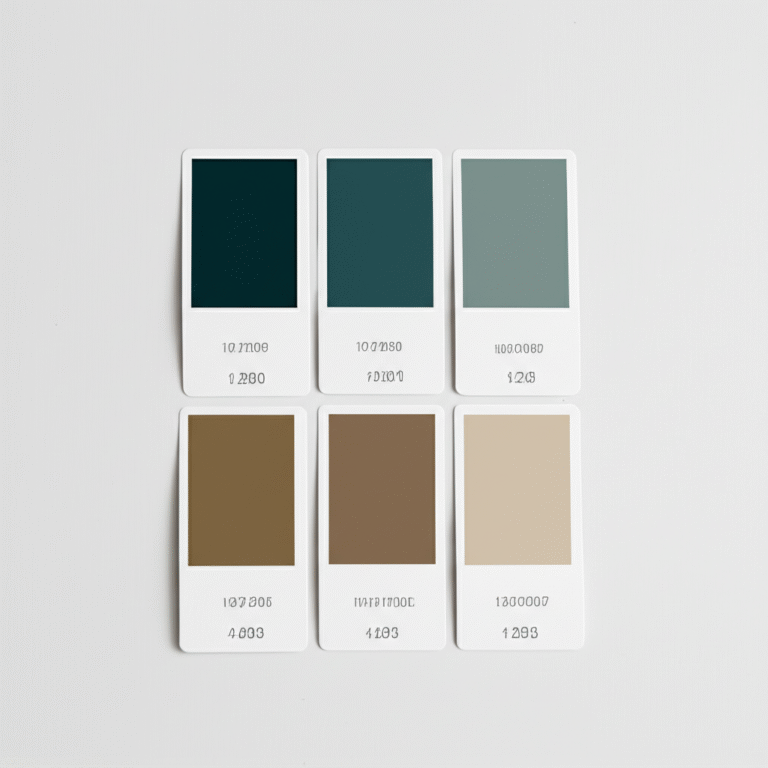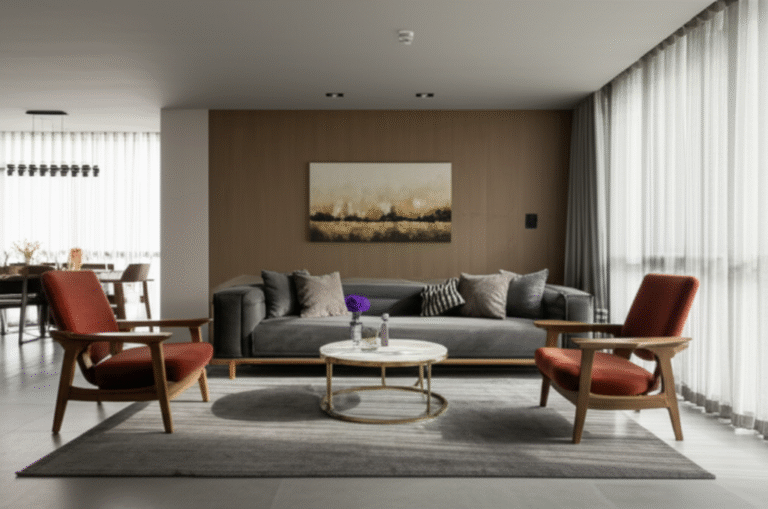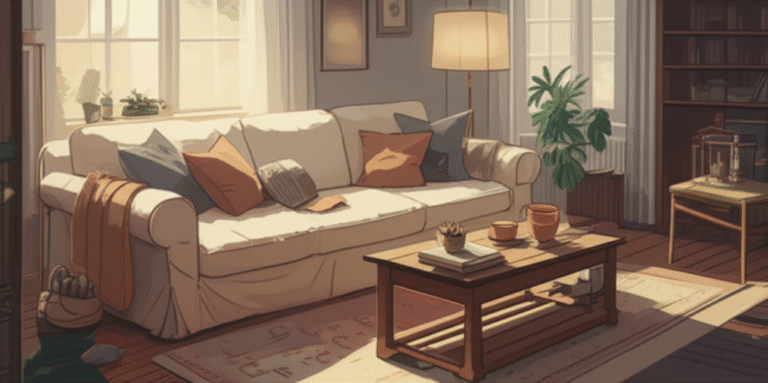Support our educational content for free when you purchase through links on our site. Learn more
[2023] The Art of Decorating: Unraveling the 2/3 Rule
Quick Answer: The 2/3 rule in decorating is a guideline that suggests dividing a room or a space into two-thirds and one-third proportions. This rule can be applied to various aspects of decor, including color, composition, and furniture placement. By following this rule, you can create a visually balanced and harmonious space.
Table of Contents:
- Quick Answer
- Quick Tips and Facts
- The Rule of 2/3 Proportion Works in Color and Composition
- 2/3 is the Proportion to Keep Your Decor and Paintings Interesting!
- Furniture Placement: Finding Balance with the 2/3 Rule
- Accessorizing with the 2/3 Rule
- FAQ
- Conclusion
- Recommended Links
- Reference Links
Quick Answer
The 2/3 rule in decorating is a guideline that suggests dividing a room or a space into two-thirds and one-third proportions. This rule can be applied to various aspects of decor, including color, composition, and furniture placement. By following this rule, you can create a visually balanced and harmonious space.
Key Answer: The 2/3 rule in decorating refers to dividing a space into two-thirds and one-third proportions, creating a visually balanced and harmonious room.
Quick Tips and Facts
Before we dive deeper into the 2/3 rule, here are some quick tips and facts to keep in mind:
- The 2/3 rule is a flexible guideline that can be adapted to suit your personal style and preferences.
- It can be applied to different elements of decor, such as color, composition, furniture placement, and accessorizing.
- The rule helps create a sense of balance, harmony, and visual interest in a room.
- While the 2/3 rule is a helpful guideline, don't be afraid to break it if it doesn't work for your space or if you prefer a different aesthetic.
- Experimenting with the 2/3 rule can be a fun way to explore your creativity and find what works best for you.
Now, let's explore how the 2/3 rule can be applied to different aspects of decorating.
The Rule of 2/3 Proportion Works in Color and Composition
When it comes to color and composition, the 2/3 rule can help you create a visually pleasing and well-balanced room. Here's how you can apply this rule:
Color:
When choosing colors for your room, consider the 2/3 rule to create a harmonious color scheme. Here's how it works:
- Main Color (2/3): Choose a dominant color that will cover approximately two-thirds of the room. This color will set the overall tone and mood of the space.
- Secondary Color (1/3): Select a secondary color that complements the main color. This color should be used for accents, such as furniture, accessories, or smaller areas of the room.
By following the 2/3 rule for color, you can create a cohesive and visually appealing color scheme. Remember to consider factors such as natural light, room size, and personal preferences when selecting your colors.
Composition:
The 2/3 rule can also be applied to the composition of your room. Whether it's arranging furniture or displaying artwork, this rule can help you achieve a balanced and visually interesting composition. Here's how:
- Furniture Placement: When arranging furniture, aim to have two-thirds of the room occupied by larger furniture pieces, such as sofas, beds, or dining tables. The remaining one-third can be dedicated to smaller furniture pieces, open space, or functional areas.
- Artwork and Decor: Apply the 2/3 rule when hanging artwork or arranging decorative items. For example, when hanging a piece of artwork, position it at eye level and ensure it occupies approximately two-thirds of the wall space. This creates a focal point while leaving room for other decorative elements.
By following the 2/3 rule in color and composition, you can create a visually balanced and aesthetically pleasing room.
2/3 is the Proportion to Keep Your Decor and Paintings Interesting!
The 2/3 rule can also be applied to keep your decor and paintings interesting. By following this rule, you can create visual impact and avoid a monotonous or cluttered look. Here's how you can apply the 2/3 rule to your decor and paintings:
Decor:
When it comes to decor, the 2/3 rule can help you strike a balance between minimalism and clutter. Here's how you can apply this rule:
- Negative Space (1/3): Leave approximately one-third of the surface area free from decor. This negative space creates breathing room and allows the eye to rest.
- Decor Items (2/3): Arrange your decor items within the remaining two-thirds of the surface area. This can include items such as vases, candles, sculptures, or plants. Experiment with different heights, textures, and colors to create visual interest.
By following the 2/3 rule for decor, you can create a visually pleasing and well-curated display.
Paintings:
When displaying paintings or artwork, the 2/3 rule can help you create a balanced and visually appealing arrangement. Here's how you can apply this rule:
- Grouping (2/3): If you have multiple paintings, arrange them in a group, ensuring that the combined width or height of the paintings occupies approximately two-thirds of the wall space.
- Spacing (1/3): Leave approximately one-third of the wall space between the paintings. This spacing creates visual interest and allows each painting to stand out.
By following the 2/3 rule for decor and paintings, you can create visually interesting and harmonious displays.
Furniture Placement: Finding Balance with the 2/3 Rule
The 2/3 rule can be a helpful guideline when it comes to furniture placement. By following this rule, you can create a balanced and functional layout in your room. Here's how you can apply the 2/3 rule to furniture placement:
- Anchor Piece (2/3): Start by selecting an anchor piece, such as a sofa or a bed, that will occupy approximately two-thirds of the available space. This piece will serve as the focal point and set the tone for the rest of the furniture arrangement.
- Complementary Pieces (1/3): Arrange the remaining furniture pieces around the anchor piece, ensuring that they occupy approximately one-third of the available space. These pieces can include chairs, side tables, coffee tables, or storage units.
By following the 2/3 rule for furniture placement, you can create a visually balanced and functional layout that maximizes the use of space.
Accessorizing with the 2/3 Rule
Accessorizing plays a crucial role in adding the finishing touches to your room. The 2/3 rule can help you create a well-curated and visually appealing space. Here's how you can apply this rule to accessorizing:
- Grouping (2/3): When arranging accessories, group them in sets of three or more. Aim to have the combined width or height of the group occupy approximately two-thirds of the surface area.
- Negative Space (1/3): Leave approximately one-third of the surface area free from accessories. This negative space creates balance and allows each accessory to stand out.
By following the 2/3 rule for accessorizing, you can create visually interesting displays that enhance the overall aesthetic of your room.
FAQ

What is the 3 5 7 rule in decorating?
The 3 5 7 rule in decorating is a guideline that suggests arranging decor items in odd-numbered groupings. This rule is based on the principle that odd numbers create a sense of visual interest and balance. For example, you can arrange three, five, or seven decor items on a shelf or mantel to create an aesthetically pleasing display.
What is the 70 20 10 rule in decorating?
The 70 20 10 rule in decorating is a guideline that suggests dividing the use of color in a room as follows:
- 70% Dominant Color: This color should be used for the majority of the room, such as walls or large furniture pieces.
- 20% Secondary Color: This color should be used for accessories, such as throw pillows, curtains, or rugs.
- 10% Accent Color: This color should be used sparingly to add pops of interest, such as through artwork, small decor items, or accent walls.
The 70 20 10 rule helps create a balanced and visually appealing color scheme in a room.
What is the golden rule for home decor?
The golden rule for home decor is to create a space that reflects your personal style and makes you feel comfortable and happy. While guidelines and rules can be helpful, it's important to trust your instincts and design a home that truly represents you.
What is the rule of 3 for centerpieces?
The rule of 3 for centerpieces suggests using three different elements to create a visually appealing centerpiece. For example, you can combine a vase of flowers, a candle, and a decorative object to create a well-balanced and interesting centerpiece.
Conclusion
In the world of decorating, the 2/3 rule is a valuable tool to create visually balanced and harmonious spaces. By applying this rule to color, composition, furniture placement, and accessorizing, you can achieve a cohesive and aesthetically pleasing room. Remember to experiment, trust your instincts, and have fun with the process. Happy decorating!
Recommended Links
- Shop Home Decor on Amazon
- Shop Home Decor on Walmart
- Shop Home Decor on Etsy




